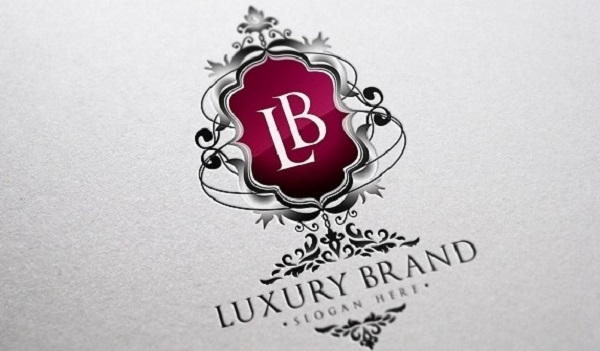Why is exclusivity becoming so mainstream?

Earlier this year, Ford and Renault unveiled their attempts to take their brand into the much-coveted premium space, with Ford’s Vignale versions of the Mondeo and S-MAX, and Renault’s Initiale Paris concept. At the same time, Jaguar has announced a new attempt to break into the compact executive and luxury crossover segments, and Fiat has unveiled another plan to develop Alfa Romeo as a full-line premium brand.
None of these actions come as a surprise to anyone in the industry: premium is where the action is, and where everyone wants to be.
The driver can be summed up in one word: margin. With rising costs and competition, there is a need to increase the profitability of European market vehicles, and with premium brands achieving significantly higher margins than mainstream brands, a move upscale seems the solution.
Mainstream brands are trying to ‘premiumise’ (Renault, Ford, Vauxhall, Peugeot)
For the mainstream brands, the challenge is to move their brands from the middle of the market to become competitors for the likes of Audi, BMW and Mercedes-Benz. And it can be done: Audi was once outside the magic circle. But it took VW Group over two decades to move the brand to where it is now. Twenty years – and a great deal of investment.
No-one has that long and frankly no-one has that kind of money. So brands are trying to do this in a quick and cheap way. And to put it bluntly, that’s why concepts like Vignale and Initiale Paris are doomed to failure.
The issues with premium-ness:
Brands like Ford and Renault are faced with a series of challenges which all draw from the same issue: ‘premium’ is a matrix of different factors, all of which have to be worked on to achieve ‘premium-ness’:
1. The premium space is already occupied by highly competent actors. That’s not to say they are infallible (Mercedes-Benz for example has taken a number of missteps, and paid the price accordingly), but they have planned and executed an expansion strategy which has put them into almost every segment, and every global market. That kind of competition can’t be underestimated.
2. These successful companies set the tone for consumers, not just in product but in marketing, advertising, retail and distribution, consumer care and aftersales. Part of their success is managing the customer journey through the lifecycle of ownership, both for new and used cars. Buy an Audi or BMW and you become part of a culture, regardless of whether it’s a £14,000 A1 or a £100,000 7 Series. Naturally the degree to which you are pampered varies by spend, but you get the best you can expect at your price point.
3. Premium is changing, and the German brands have tracked this and acted accordingly. Premium no longer means large, expensive limousines; it means the best in class, and being part of a community. This isn’t just an issue for automotive: the same is true of other consumer goods. Buy a £40 iPod shuffle or a £300 Louis Vuitton wallet and you become part of the club.
4. This can’t be done on the cheap. Filling a standard Mondeo with ‘American Leather’ or putting a multi-speaker sound system in the Initiale Paris concept is not enough to create a 3 or 5 Series rival. These are cars conceived as premium from the ground up. Certainly there are compromises; these are premium products not ‘premiumised’ products. Consumers are not stupid – they recognise this. Mainstream brands need to look at what works.
So what to do: differentiate and offer a value proposition
The answer is to play to and expand existing brand and product strengths. There are examples of this. In a marketplace full of Polo/Golf/Passat clones, distinctive design can be a valuable differentiator. Citroen’s DS line is a good example of this. I doubt many customers associate these cars with the classic DS of the 1950s, but they offer something different in a sea of sameness. DS lines are both more expensive than the conventional ‘C’ lines new, and achieve higher residuals in the used market.
Offering a value proposition is another route. Skoda and Kia are still seen as value brands, but both have successfully repositioned themselves to appeal to the ‘savvy shopper’ who seeks quality, reliability and value for money, and can be induced to pay that little bit more for it. Interestingly, value brands are now achieving better residual values than some premium brands, so compelling an offer are they to used buyers.
Matt Freeman is a CAP Consulting Specialist providing market intelligence and insight to help customers make stronger strategic decisions.


